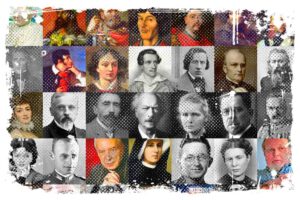Lets discuss some of the brightest actresses in the galaxy of Polish cinema. These women, with their captivating personalities and immense talent, left a lasting mark on the silver screen. From tragic heroines to scandalous femmes fatales, they all played a significant role in shaping the film industry, both in Poland and abroad.
Be ready to be amazed by the stories of Pola Raksa, a heavenly beauty with a passion for art and fashion, and Katarzyna Figura, the hypnotic lady with an unmatchable charisma. Let’s dive into their intriguing lives and careers.
Krystyna Janda
Krystyna Janda takes the first spot, and that should come as no surprise. Allow me to explain. With her performances in Człowieku z marmuru and Przesłuchaniu, which earned her the prestigious Palme d’Or for acting at Cannes, she built herself a true monument.
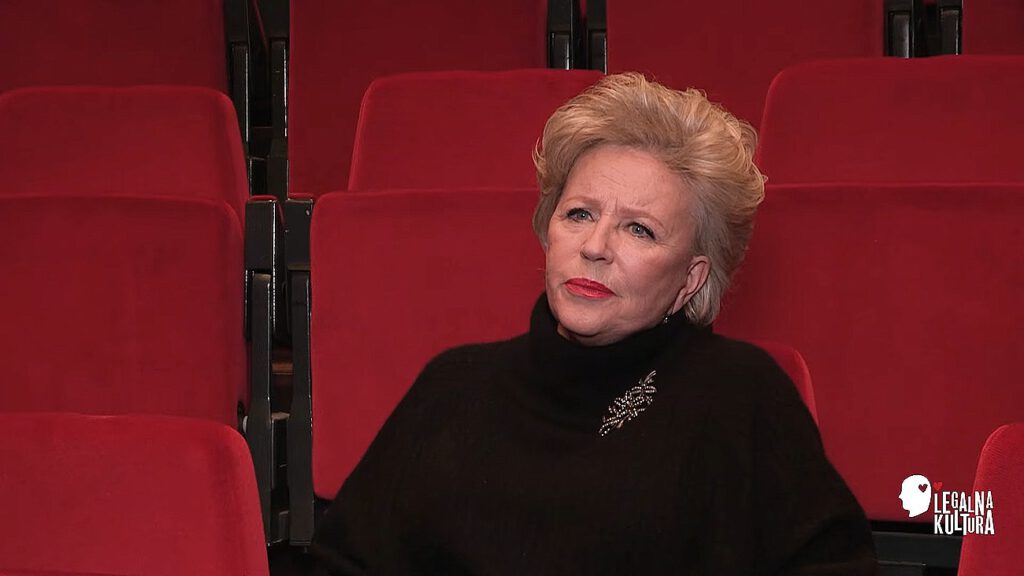
She stormed into Polish cinema with her debut in a Wajda movie, hypnotizing audiences with her energy and spontaneity. Her passion was so genuine that it blurred the lines between fiction and reality.
↳ PRO TIP: Do you like traveling? Then before you buy any ticket or book an attraction, check if it's available in this worldwide Viator Database. You may save a lot of money and time. No need to thank me :)
Not many Polish actors can boast such charisma. If you want to understand her style, you need to know that Krystyna Janda favors expressiveness over subtlety, and a bold stride and expressive facial expressions over holding back.
In roles, she always nails the character traits of her heroines, who often fight for something and are devoted to their cause, tossed into a whirlwind of events and challenges.
It is worth to say that this is one of the reasons so many viewers identify with her. After nearly five decades of acting in Poland and abroad (including the Oscar-winning Mefisto by István Szabó), Krystyna Janda’s position is undisputed.
- You may also like this article: Discovering the Top 5 Polish Male Models of the Moment
Agata Kulesza
Agata Kulesza is the unquestioned queen among contemporary Polish actresses. Let me tell you, I think the only reason she didn’t take first place is that Krystyna Janda started her career much earlier and had the opportunity to appear in the most important films of the PRL era.
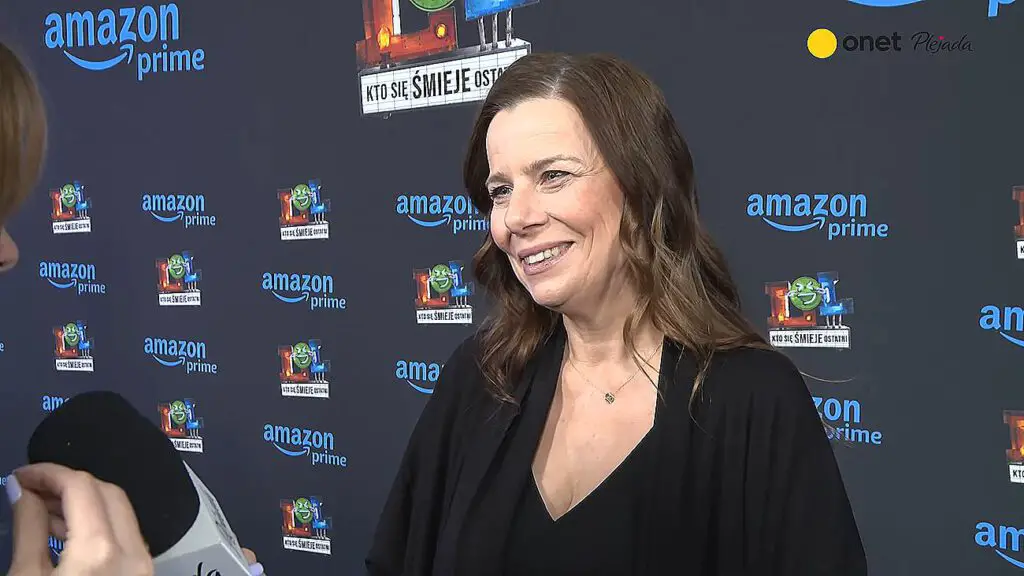
I am convinced that if we were to redo this poll in 10-15 years, Agata Kulesza might swap places with her older colleague. After her performance in Ida, there were timid voices about an Oscar nomination and, while those were wishful thinking, all the superlatives about Kulesza’s role were justified.
She shines and impresses in every performance – whether it’s the traumatizing, emotionally striking title role in Róża or seemingly insignificant episodes, like the one in Zimna wojna.
Kulesza has the class of the old film noir divas (perhaps that’s why she looks so good in black and white?), but she also understands contemporary cinema very well, as demonstrated by her extraordinary performance in the underrated Pewnego razu w listopadzie by Andrzej Jakimowski.
So, if someone were to call Agata Kulesza the best actress currently active in cinema (let’s face it, Krystyna Janda has been more theater for years), it would be really hard to find arguments against that thesis.
Anna Dymna
Anna Dymna is one of the most recognizable faces of Polish cinema in the 70s, debuting on screen at the young age of twenty. Blessed with distinct, delicate beauty, Anna Dymna gained wide fame thanks to her roles in two parts of the famous Kargulów and Pawlaków family saga – Nie ma mocnych and Kochaj albo rzuć, and later by playing Professor Wilczur’s daughter in Jerzy Hoffman’s Znachor.
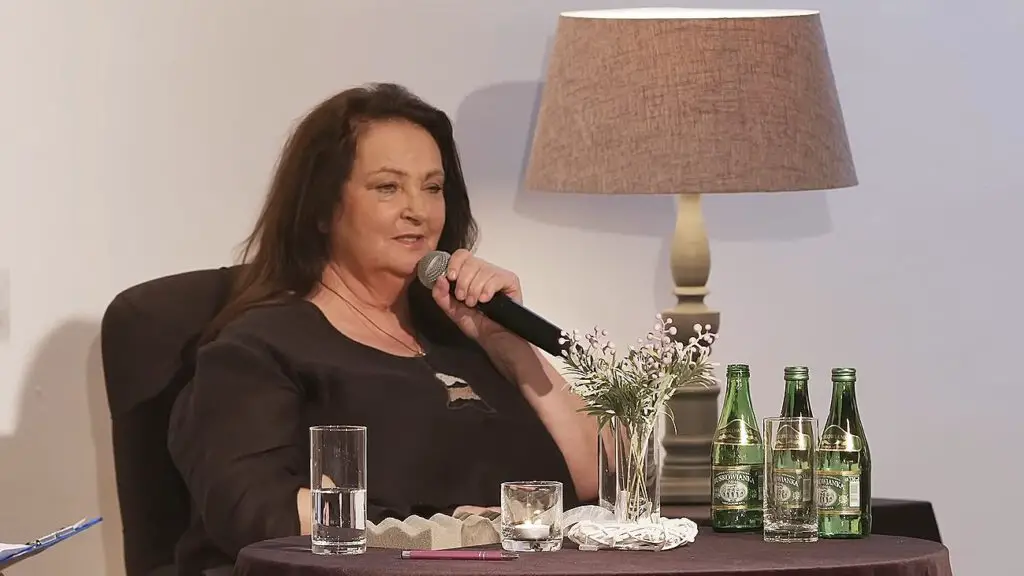
But, I can tell, beyond her looks, Anna Dymna also owes her film career to her acting skills, as she convincingly proved in Epitafium dla Barbary Radziwiłłówny and many subsequent roles, such as her recent portrayal in Janusz Majewski’s Excentrykach, which have often been rewarded with prestigious awrds and nominations.
As the years went by, and she gradually stopped being the young, beautiful temptress, the actress did not fall into oblivion. Instead, she consistently proves her talent with strong performances, which is a clear indicator of professional vigor and predisposition in female acting.
Anna Dymna also became recognizable in the media thanks to her charitable work, undoubtedly deserving her star status both on and off the screen.
Joanna Kulig
Let’s talk about Joanna Kulig. If you’re a fan of the Polish cinema, you must’ve heard of her. She’s the name on everyone’s lips this year, and I can tell it’s Joanna Kulig’s time to shine.
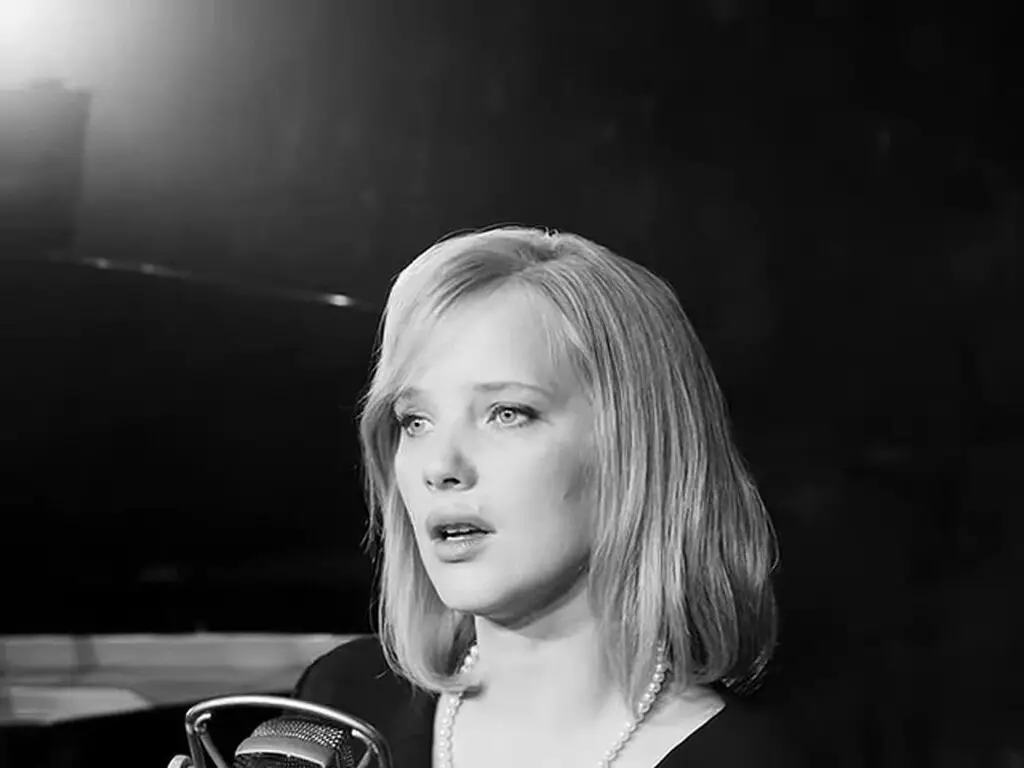
Her performance in the movie Zimna Wojna has bewitched the entire globe, making us sit up and take notice. I think it is worth saying that whispers about Kulig receiving significant award nominations are getting louder by the day.
She’s also been signed by a top-tier American talent agency that boasts of names like Meryl Streep and Brad Pitt. But let’s not forget that Zimna Wojna isn’t her only claim to fame.
Remember her debut in Środa, czwartek rano? It caused quite a stir. Then came diverse roles in movies like Sponsoring, Disco Polo, Pittbull. Niebezpieczne kobiety, and Niewinnych.
I am convinced that we mustn’t overlook her comedic talents displayed in the TV series „O mnie się nie martw”. If any Polish actress is destined to have a career abroad, it’s her. I know this because she can sing, dance, and speak not just English, but French too. Plus, she has an extraordinary beauty that is hard to ignore. All we have to do now is wait until Joana Kulig becomes our representative in Hollywood.
- I think you should also read: Exploring Poland’s Beauty Standards – Insights into Girls’ Perception
Irena Kwiatkowska
Moving on, I’d like to talk about Irena Kwiatkowska. A hardworking woman who feared no task, doesn’t it resonate? That’s the first thought that strikhes when you hear her name.
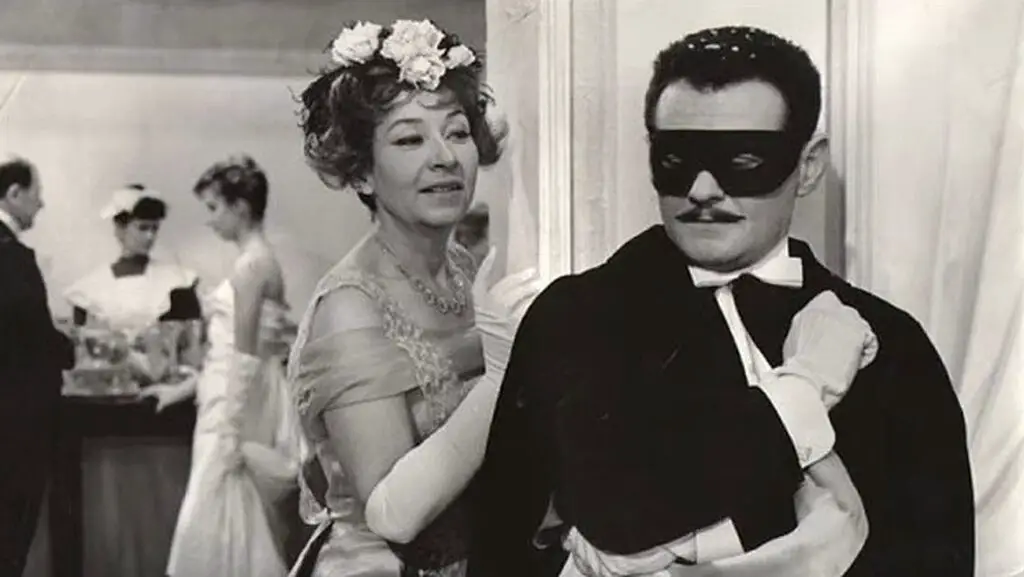
Born in 1912 in Warsaw, she graduated from the Acting Department of the State Institute of Theatre Arts. Making her debut in 1935 at Cyrulik Warszawski, she graced various stages until the 90s, including Teatr Klasyczny, Teatr Buffo, and Teatr Nowy.
Konstanty Ildefons Gałczyński even wrote sketches for her, creating the character Hermenegilda Kociubińska, the sympathetic-hermetic poetess.
But her work wasn’t limited to the stage. She was also a radio announcer for Polish Radio, performed with Kabaret Dudek and Kabaret Starszych Panów cabaret. Her most famous television roles were as the Working Woman in „Czterdziestolatek„, Zofia Jankowska in Wojna domowa, and Mrs. Piórecka in Zmiennikach.
I believe that Irena Kwiatkowska, who passed away in 2011, will forever be remembered as a volcano of positive energy, a woman with an exceptional comedic talent, a multi-award-winning legend of the stage and screen. She was unique, universally recognizable and loved by all.
Kinga Preis
Next, let’s turn our attention to Kinga Preis. Regardless of the role she’s playing, be it the annoying friend of the main character in Nigdy w życiu, the straightforward housekeeper in Ojciec Mateusz, or a tragic character in Dom złym, Kinga Preis is always expressive and convincing.
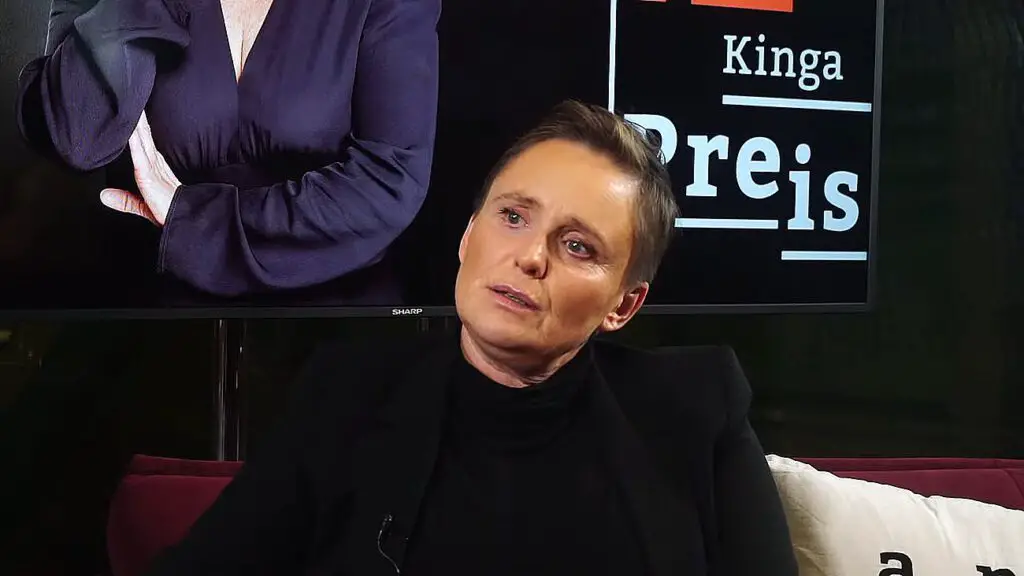
Some might find her acting style a bit over-the-top, but you can’t deny her distinctiveness. She’s a bit of a firecracker on screen, sometimes overcharging, but can surprise you with a toned-down performance, like in Sala samobójców.
Not shying away from series, she engages in mainstream projects (like the less successful #WSZYSTKOGRA, Plan B) while also crafting unforgettable roles in more ambitious repertoire (Smarzowski’s, Holland’s, and Skolimowski’s films).
I am convinced that she’s one of the most acclaimed actresses of her generation, and, to top it off, an artistic personality that’s hard to pigeonhole.
Stanisława Celińska
Born in 1947, Stanisława Celińska first stepped onto the theater stage in Warszawa in 1968. A year later, she graduated from the State Higher School of Theatre under the guidance of Ryszarda Hanin. I think it is worth saying, she was a versatile artist, shining both in comedic and dramatic roles. She admitted,
Every now and then I need to change something. I am what’s known as a restless spirit. I get bored quickly, so I need to try new things.
She was a frequent performer at the Actor’s Song Festival and has recorded several albums. Fans adore her expressive, deep voice. In 2012, her biography, written in collaboration with Karolina Prewęcka, titled „I’ve been through a lot,” was published.

In it, Stanisława Celińska openly discusses her battle with alcohol addiction, which she has successfully fought for over thirty years. It is worth to say, she played a number of memorable characters in films and TV shows.
Her distinctive voice is also familiar to the youngest viewers – she is the voice of the villainous Ursula in The Little Mermaid and friendly Lola in Cars.
Danuta Stenka
Though hard to believe now, until 2002 Danuta Stenka hadn’t played a significant role in cinema, though she had appeared on the small screebn in TV series and shows since the late ’80s.
It was her portrayal of George Sand in Jerzy Antczak’s „Chopin. Desire for Love” that marked a turning point in Stenka’s career, proving that an actress over forty can achieve real success.
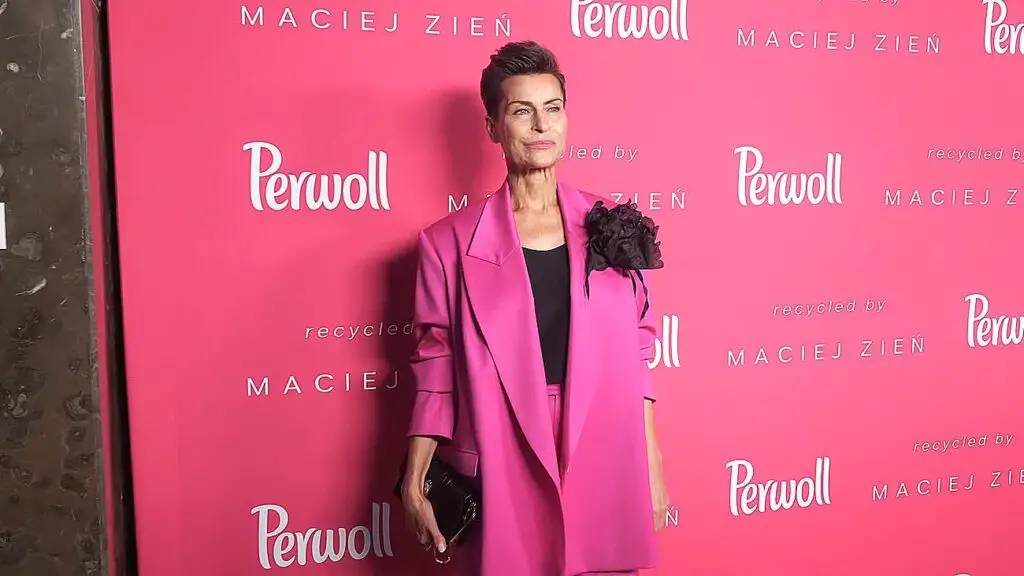
Today, she is akin to the Polish Bridget Jones due to her widespread local popularity, and on the other end of the spectrum, her dramatic role in „Katyn,” for which she received a Polish Eagle award.
While she doesn’t often play leading roles, she always makes a distinct mark with her cool classiness. She is also not afraid to use her predisposition for playing villainous characters and femmes fatales.
Currently, she’s portraying a tough character in Diagnosis and hasn’t shied away from dubbing work. This year, she also returned to her roots with a role in the televised play „Pan Jowialski”. Danuta Stenka is now one of the greatest divas of the Polish screen, and I am convinced, she can still surprise us.
Danuta Szaflarska
The longest-living actress in this list and possibly the longest-acting Polish actress, Danuta Szaflarska passed away at the age of 102. Her seventy-year career essentially covers the entire post-war history of Polish cinema.
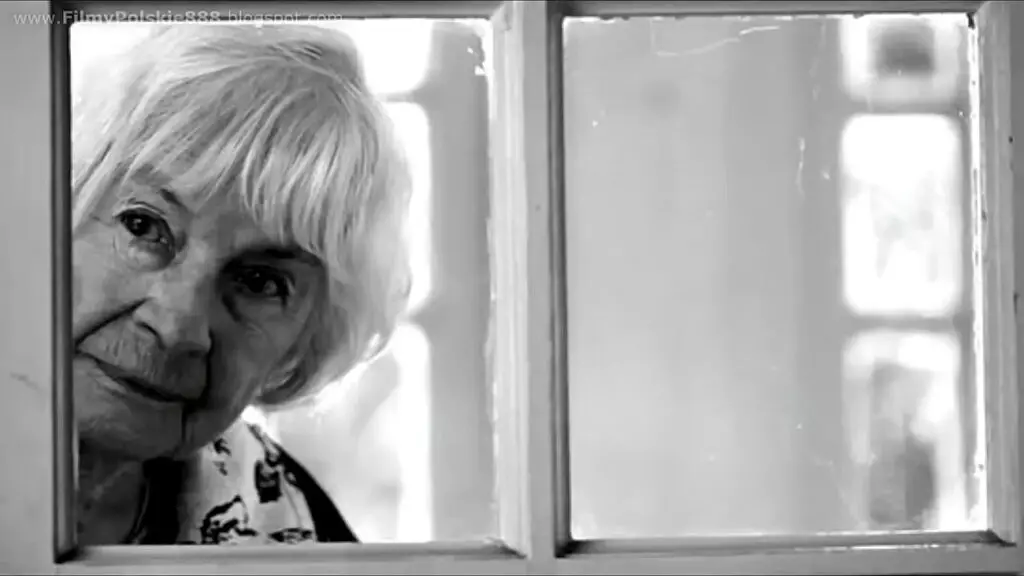
She debuted in „Forbidden Songs,” the first post-war film in Poland after WWII, and towards the end of her career, she shone in a completely different but equally important film for Polish culture, „Aftermath.”
Her film journey included roles in „Treasure,” „People from the Train,” „Issy Valley,” „Farewell to Maria,” „Time to Die,” and many other films by directors like Kazimierz Kutz, Agnieszka Holland, Juliusz Machulski, Tadeusz Konwicki, and Janusz Morgenstern.
Just as her presence in Polish cinema was constant, you could always count on her high-quality acting, authentic character portrayal, and charisma that didn’t wane until her final days. For such people as Danuta Szaflarska, the word „legend” is used. I believe, her contribution to Polish cinema will be cherished forever.
Krystyna Feldman
Krystyna Feldman, known to the wider public for her portrayal of Babki Rozalii, a demonic old woman in Świat według Kiepskich TV Series, didn’t have a film career filled with awards despite its span of over 50 years.
If you want a piece of trivia, I can tell you that Ms. Krystyna only received two „Orły” awards, one Złoty Lew, and one Złota Kaczka. Three of these four distinctions she picked up a few years before her death for her performance in the film Mój Nikifor, directed by Krzysztof and Joanna Krauze.
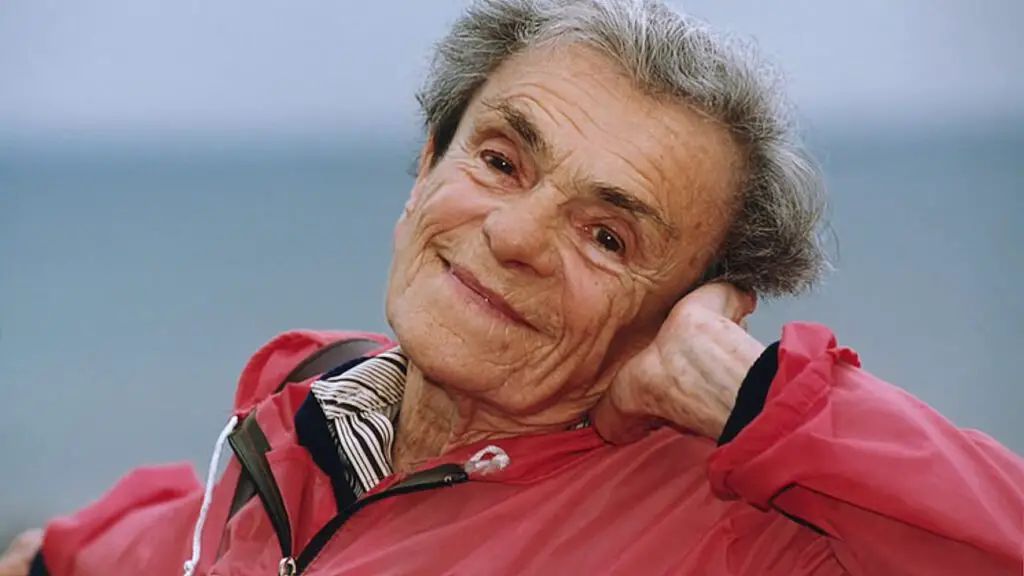
I think it’s worth saying, don’t just focus on her award-winning performances. Allow me to explain. Pay attention also to her other roles. I strongly recommend her smaller roles in Andrzej Barański’s films: the beggar Agata from Dwa Księżyce and Magotka from „Nad rzeką, której nie ma” . She passed away in 2007, having lived exactly 90 years.
- I think you should also read: The Allure of Polish Girls – Why Do We Fall In Love in Seconds?
Maja Ostaszewska
Maja Ostaszewska’s film portfolio is a mosaic of various genres and vastly different characters. I believe her careful choice of film roles has earned her acclaim from both critics and viewers. In her roles, Ostaszewska is phenomenal and expressive. She lets the characters she creates penetrate her own life, making her an incredibly precise actress.
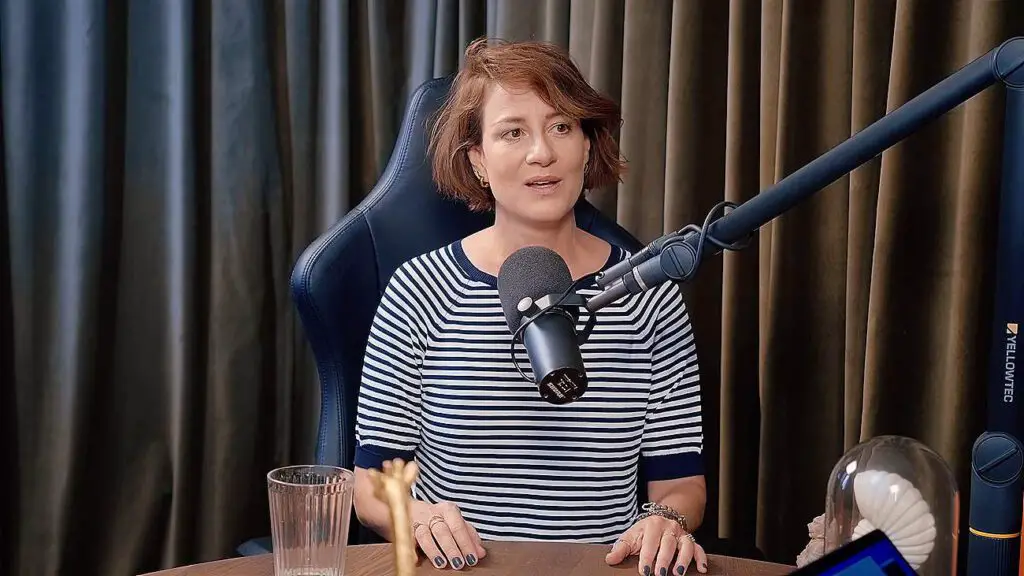
I am convinced you will appreciate her work especially in historical productions. As she believes herself, she has the right type of beauty for such roles. But don’t forget her exceptional comedic talent, which has garnered her huge popularity among TV and cinema audiences.
She was not only the delightful Żabcia from Przepis na życie, but also „saved” Patryk Vega’s Pitbull. Nowe porządki. She is a two-time recipient of the Polish Film Award Orzeł for leading female roles in the films Jack Strong and Body/Ciało.
Beata Tyszkiewicz
Beata Tyszkiewicz, a statuesque beauty, the essence of elegance and style, sensual and distinguished, is undoubtedly a name still present in cinema-goers’ consciousness.
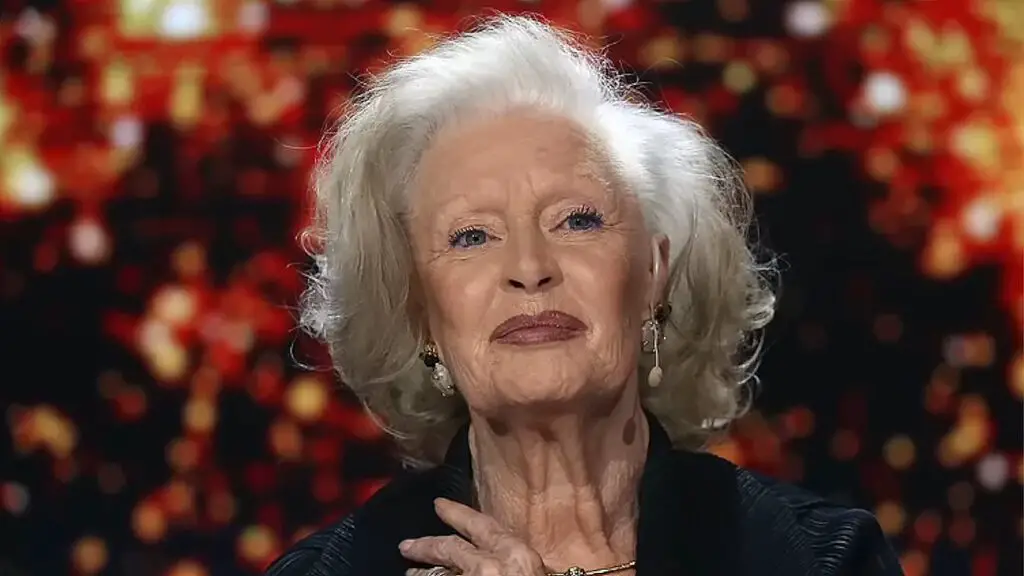
Her debut was in Zemsta in 1956, and within roughly a decade, she became one of the iconic faces in Polish cinema. Her peak achievements in her career are largely due to her collaboration with Andrzej Wajda and Wojciech Jerzy Has in the 60s.
It’s worth saying that she first shone in Wspólny pokój with the latter director, and nine years later, in the prime of her fame, she created in his film a classic portrayal of the biggest femme fatale in Polish literary tradition – Izabela Łęcka from Lalka.
With her cool sensuality and ethereal distance from the world, Tyszkiewicz fit the aloof character perfectly, for many viewers solidifying the image of this woman and becoming a pattern for a separate type of heroines.
Though since the 70s she has played major roles less frequently and seems to have been labeled as a character actress, one way or another, her face and manner have firmly inscribed themselves in the imaginarium of Polish culture.
Anna Seniuk
Anna Seniuk broke onto the scene back in 1971 with a film called Kardiogram, directed by Roman Załuski. I know it’s hard to imagine, but people went to the cinema in droves to see this flick.
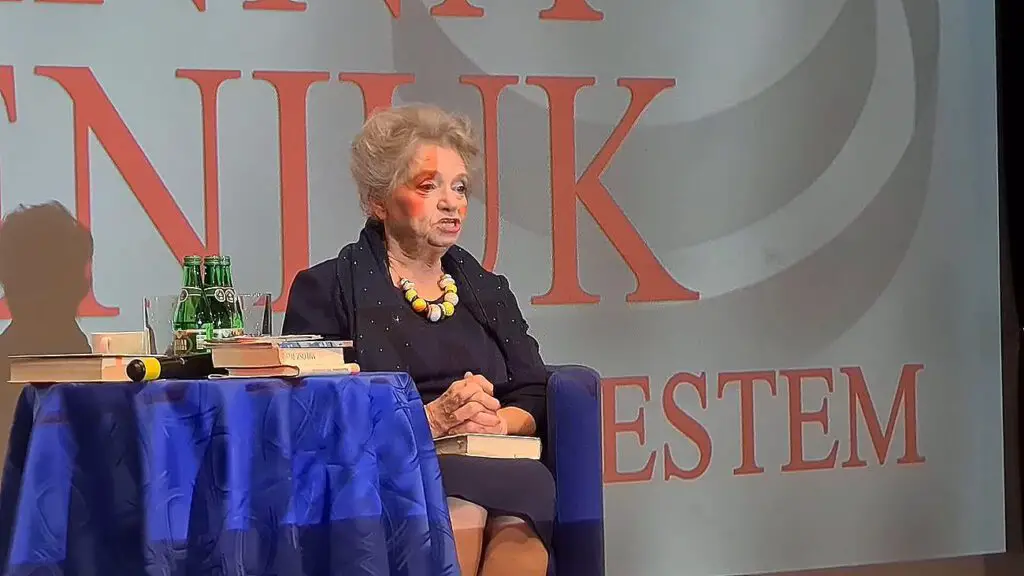
Of course, the film was a masterpiece, but let’s be real, it was Anna’s daring scenes that drew the crowds. Can you imagine the uproar when she, playing the hero’s lover, revealed her curvaceous figure?
Fast forward three years and Anna took the role of Madzia Karwowska, playing a loveable yet scatterbrained engineer’s wife. This role marked her indelibly in the audience’s minds. Today, if you want to see a revered character actress with a natural comedic flair, look no further than Anna Seniuk.
I think it’s worth mentioning her iconic role in Moralności Pani Dulskiej, a teleplay which definitely made history. What I find fascinating about Anna is her love for radio dramas and voice acting, where she has nothing but her voice and unlimited imagination at her disposal.
In 1998, she achieved the title of Professor of Theater Studies, and I think it was well-deserved.
Grażyna Szapołowska
If Kasia Figura embodies raw, voluptuous sex appeal, then Grażyna Szapołowska personifies allure and erotic sophistication. In every role, she is the seductive lady, the mysterious femme fatale, the wicked aristocrat, and the woman of class and ferocity all at once.
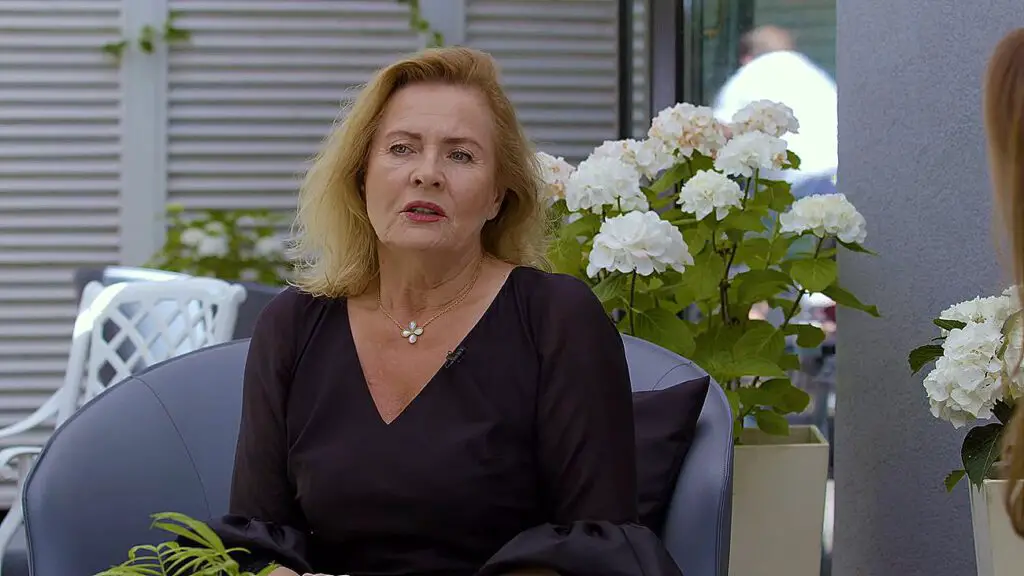
She was Poland in Konwicki’s Lawa, embodied femininity for Kieślowski, and was Telimena in the adaptation of our national epic. Even today, her animal magnetism outshines younger and more beautiful actresses. If you need a name for sex appeal in Poland, it’s Grażyna.
Maja Komorowska
Maja Komorowska has a knack for crafting an aura of mystery and other-worldliness around her characters. Let me tell you, this was most evident in her powerful performance as Rachela in Andrzej Wajda’s Wesele.
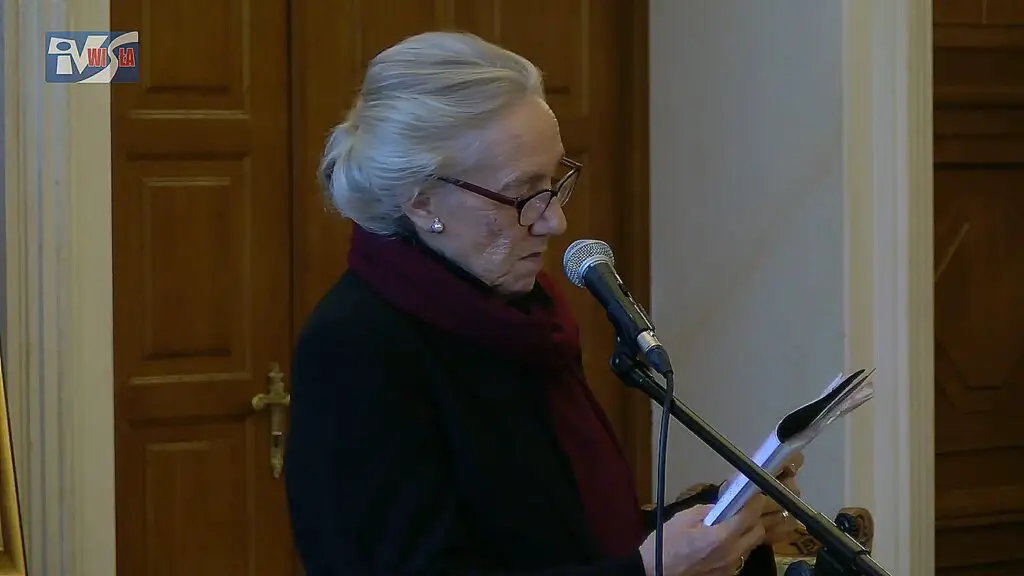
Komorowska leans into subtlety, avoiding overt expressions and exaggerated facial cues. I am convinced that the majority of her character’s emotions are conveyed through her remarkable eye acting and the pacing of her dialogue.
I believe her standout roles are from Panien z Wilka and Życiu rodzinnym. Both characters exude psychological depth, harboring an inner sorrow, making them seem unattainable and secretive. It is truly remarkable how she can bring such multidimensionality and acting truth to the table with minimal means of expression.
Pola Negri
Let me tell you about Pola Negri, the only Polish woman who made a serious career in Hollywood. The actual name of this remarkable actress was Barbara Apolonia Chałupiec. She was a shining star of American silent movies.
You need to know, this extraordinary success is even more admirable given her challenging background. As a young girl, she was sent to Siberia and struggled with tuberculosis. But she didn’t let this break her.
Pola conquered adversity, and in the 1920s, became one of the leading actresses in Germany’s well-known UFA film studio. That’s when Paramount noticed her, opening her path to the United States.
Her star brightly sparkled there. Pola often portrayed tragic heroines or femmes fatales. Her ballet school skills also came in handy in several movies. With the advent of sound cinema, she returned to Germany and soon withdrew from the movie world.
This talented lady romanced Charlie Chaplin and Rudolph Valentino and collaborated with esteemed directors such as Ernst Lubitsch and Mauritz Stiller. She was one of the first European actresses who made it big overseas.
Katarzyna Figura
Let me introduce you to another legendary actress, Katarzyna Figura. She’s among the most famous Polish actresses, known for her distinct on-screen image. Her biggest asset is her charm and sex appeal, and she’s never been shy about it.
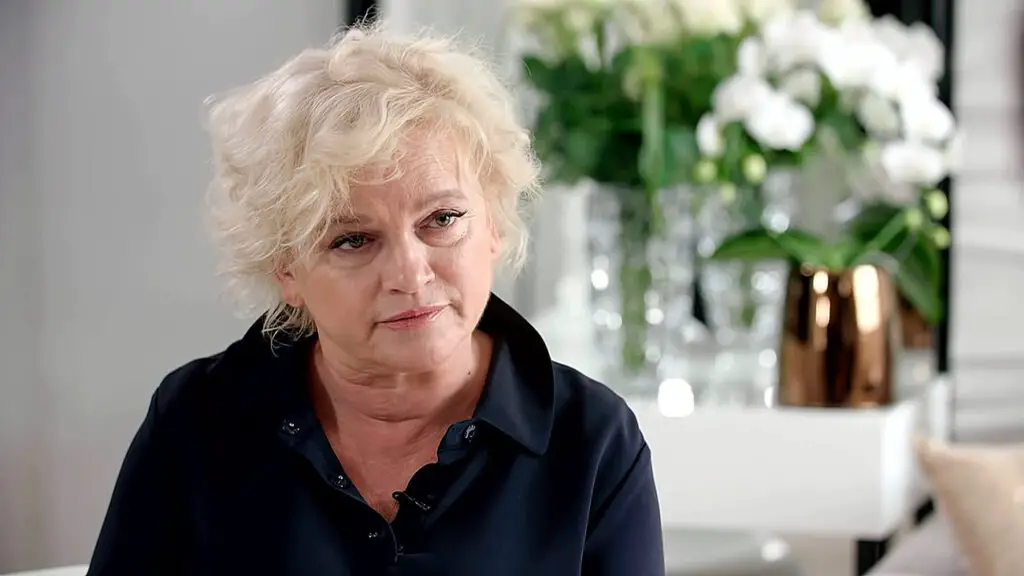
I admire her honesty and the fact that she never pretended to be someone she didn’t want to be associated with. It is worth to say that when she moved away from her sex-bomb image, like in Żurek, she showed us that she had much more to offer.
Magdalena Cielecka
Now, if you want to talk about natural beauty and innate acting talent, then Magdalena Cielecka is your go-to name. Her captivating performances have left the male audience sighing. This actress excels in playing strong, independent women who face life’s challenges head-on.
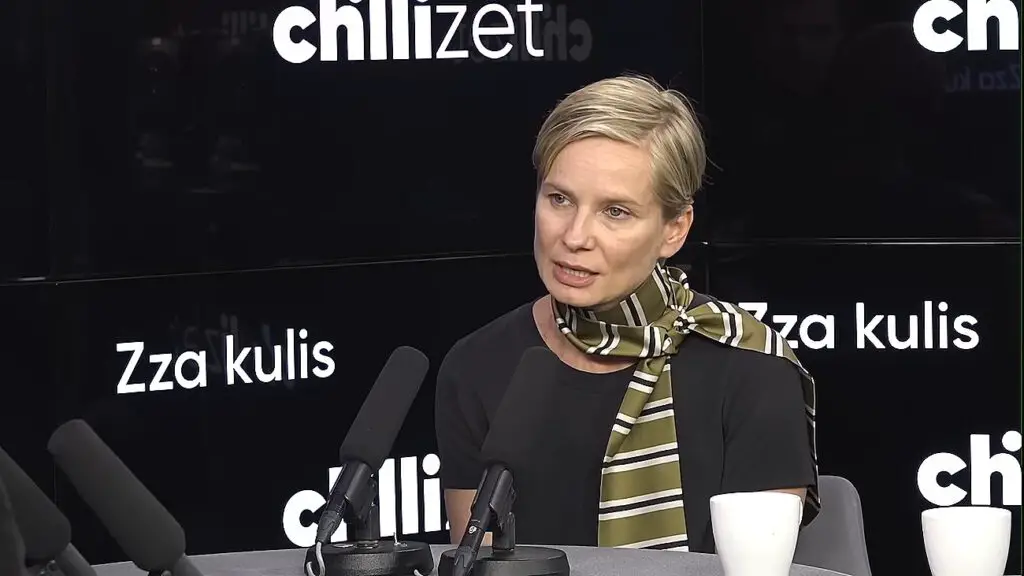
Let me say, Cielecka’s performances are incredibly dynamic. Her usually cool and composed characters can suddenly explode with emotions, like a supernova! Throughout her acting career, she has never allowed herself to be stereotyped and keeps taking on bold, new challenges.
She has worked with Wajda, Kolski, Wasilewski, and Smoczyńska, all renowned directors. In one interview, she admitted that if it hadn’t been the „fashion” for Kulesza, she would have played in Smarzowski’s „Róża” and Pawlikowski’s „Ida”, as she believes she was born for these roles.
Pola Raksa
I think it’s worth saying, Pola Raksa owns the most beautiful eyes in the history of Polish cinema. She will forever be remembered as Marusia from Czterech Pancernych, the face everyone would kill for, as Markowski once sang. But don’t be fooled, there’s much more to this Belarus-born beauty.
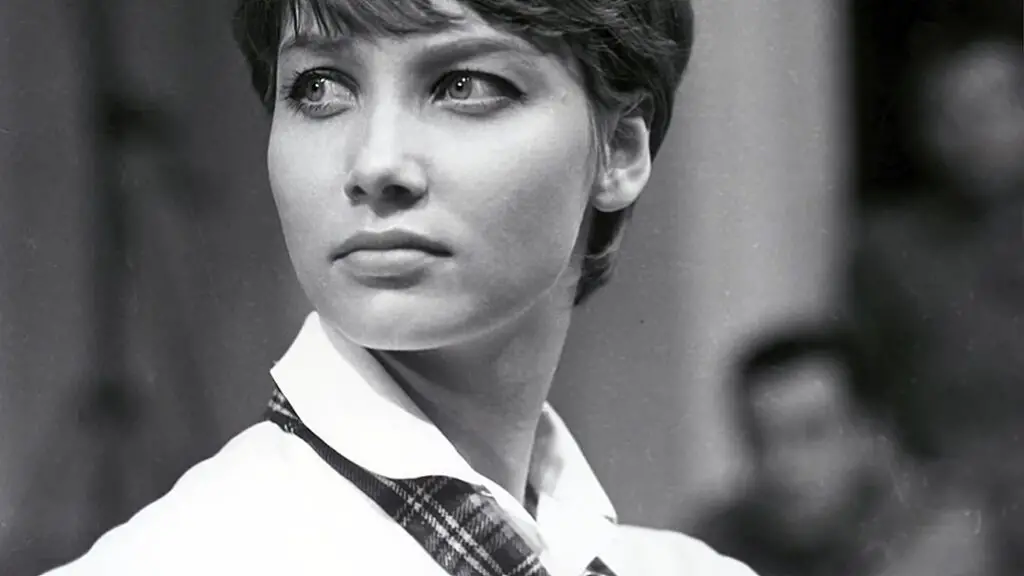
You see, Apolonia Raksa is not just a stunning woman with pure, noble, and ethereal beauty. She’s an extremely talented actress, which is often overlooked. Just watch Beata Sokołowska and you’ll see how well Raksa plays complex characters.
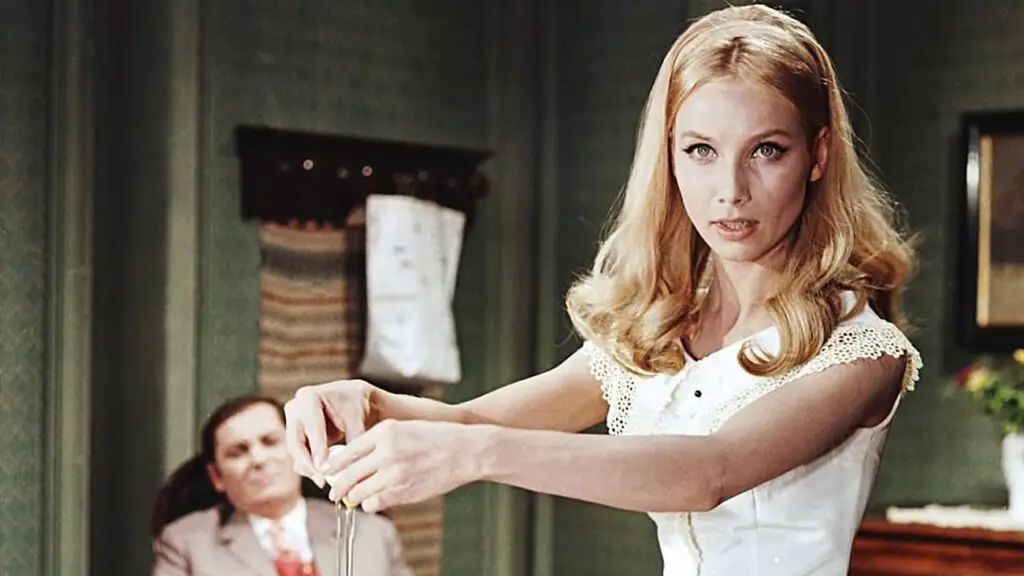
However, we haven’t had the chance to see her on screen for many years. I can tell you, she has long given up her acting career to focus on art and fashion.
Kalina Jędrusik
Allow me to introduce you to the scandalous, hypnotizing, and alluring Kalina Jędrusik. Daughter of a pre-war senator of the Polish Republic, and wife to Stanisław Dygat, Kalina was not only an actress and singer but a personality like no other.
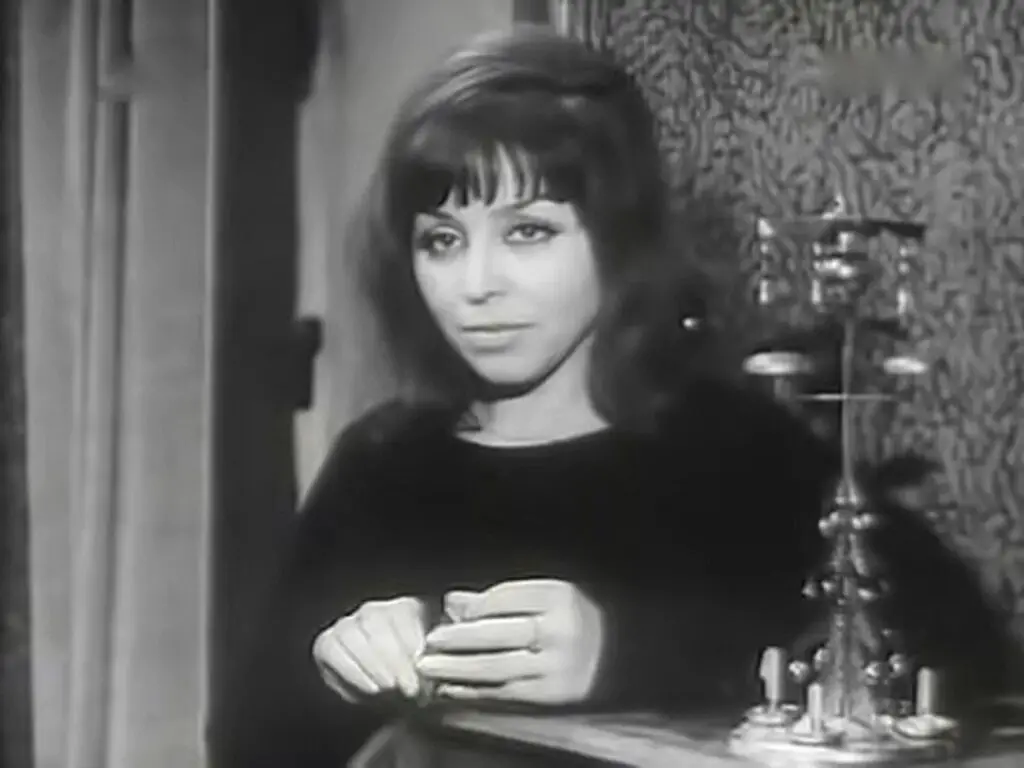
Her signature roles were the femmes fatales. With just one scene, she took the rather bland character Lucy Zucker from Ziemi Obiecanej to a whole new level. It was the famous scene in the carriage with Daniel Olbrychski.
She complemented the director’s idea and her co-star’s dangerous charm with her incredible charisma, which resulted in an unexpected effect and earned her recognition and lasting memory.
Her famous backless dress, which she wore on TV with the Kabaret Starszych Panów, solidified her status as the biggest sex bomb of the 60s and 70s. I know, Kalina loved cats, surrounded herself with them, and took care of them. Sadly, she died from an asthma attack, possibly triggered by an allergic reaction to these pets.
References:
- https://pl.wikipedia.org/wiki/Kategoria:Polskie_aktorki_filmowe
- https://artistikon.fandom.com/pl/wiki/Kategoria:Polskie_aktorki_filmowe

